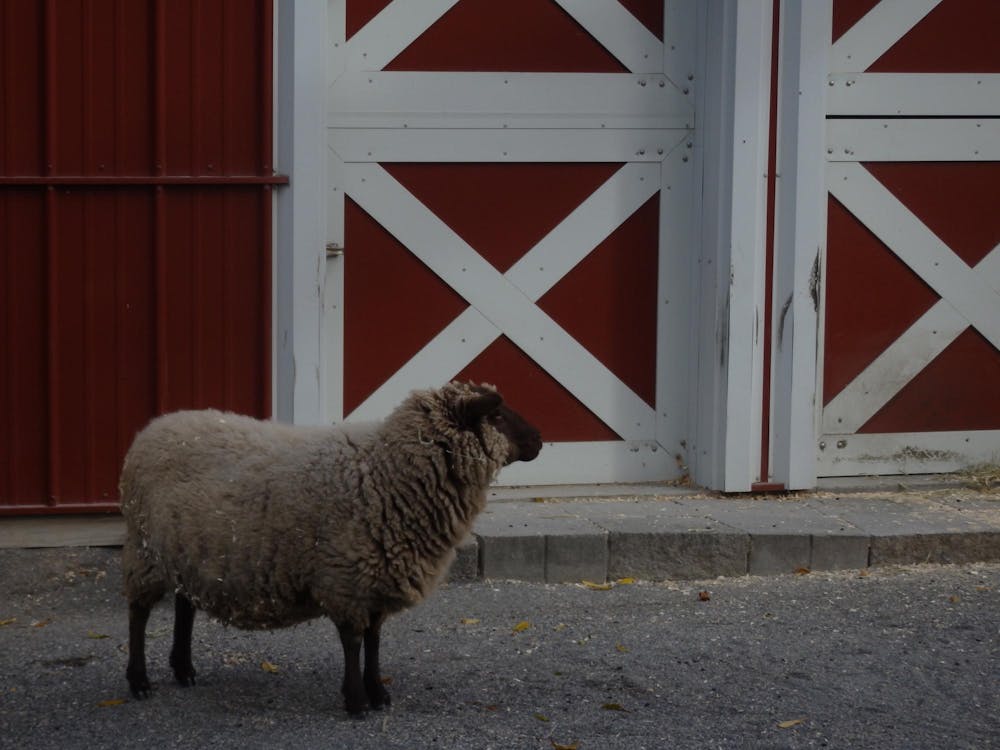Mark Gould and his toddler son, Tommy, have been visiting the Roger Williams Park Zoo since Tommy was born. On their first trip, an endangered snow leopard came up to the edge of its exhibit and looked right at Tommy, Gould recalled. “His eyes lit up.”
Other animal enthusiasts have been fawning over social media sensation Pesto, a 46-pound baby penguin residing in Melbourne, Australia, and Moo Deng, a sassy pygmy hippopotamus who calls Si Racha, Thailand home. Both have gone viral on TikTok and Instagram.
Despite missing Pesto and Moo Deng, the Roger Williams Park Zoo houses a menagerie of endangered animals.
“Our collection is pretty robust,” Conservation Assistant Hannah Petrarca said. The zoo makes an effort to take in new species — a “really complex” process, said Petrarca.
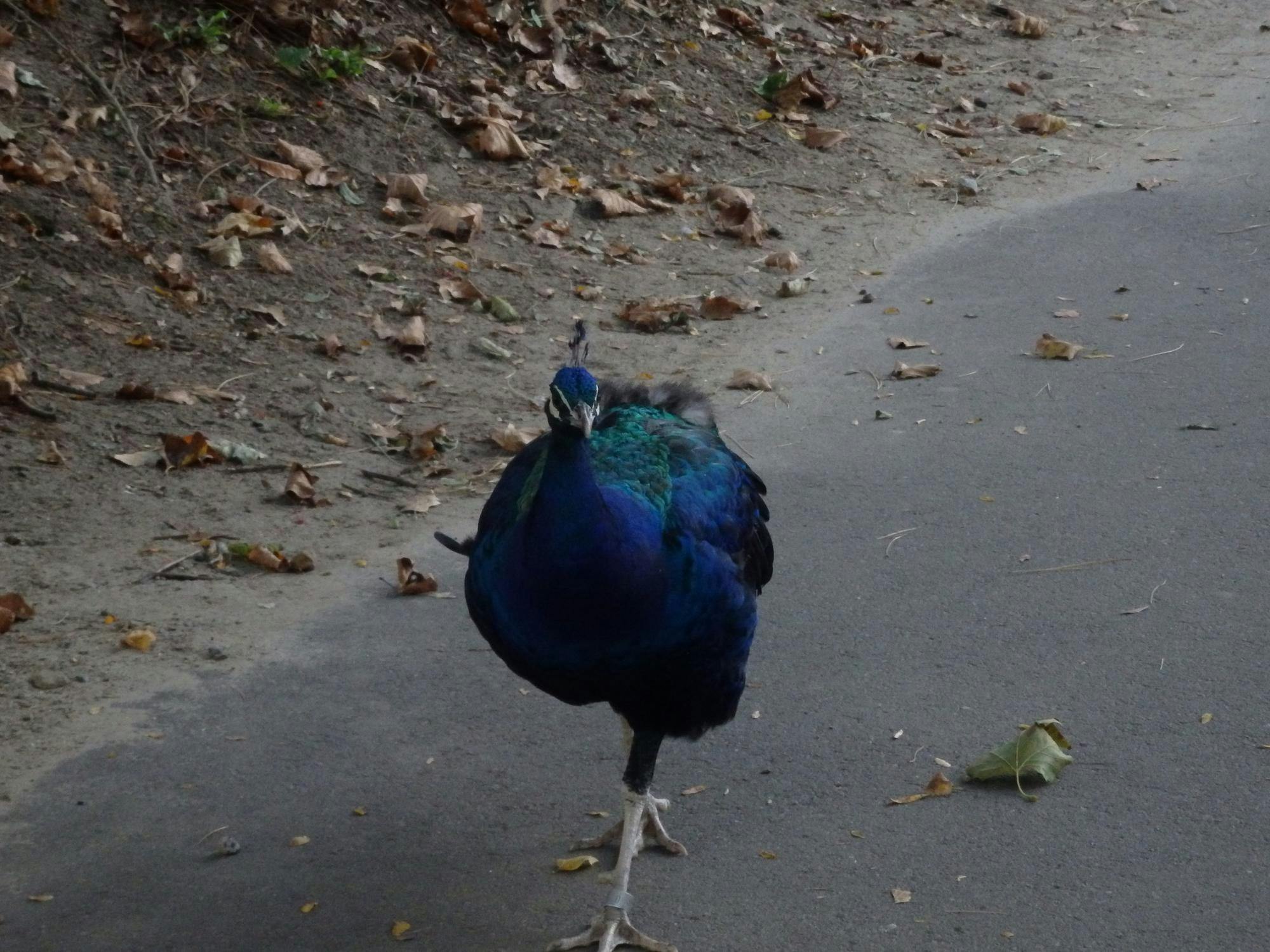
The zoo is accredited by the Association of Zoos and Aquariums, which provides it with resources like Species Survival Plans — an overview of species’ populations at zoos across the country. The overviews answer questions about best breeding practices for bringing in a new species and whether the zoo has the capacity to take in the species.
“Because we are a part of the AZA, we have lots of partners and people who are doing the exact same things that we are doing, just in other parts of the world,” Petrarca said.
This means that when the zoo takes in a new species, that animal will already have a “standard operating procedure” — one that details care information like its necessary habitat, temperature, holding space and enrichment needs.
“The zoo definitely takes a lot of effort into displaying endangered animals and information about them,” Gould told The Herald, adding that the Roger Williams Park Zoo “cares about the quality of (life of) the animals,” while at some other zoos the animals seem like they are “just there for money.”
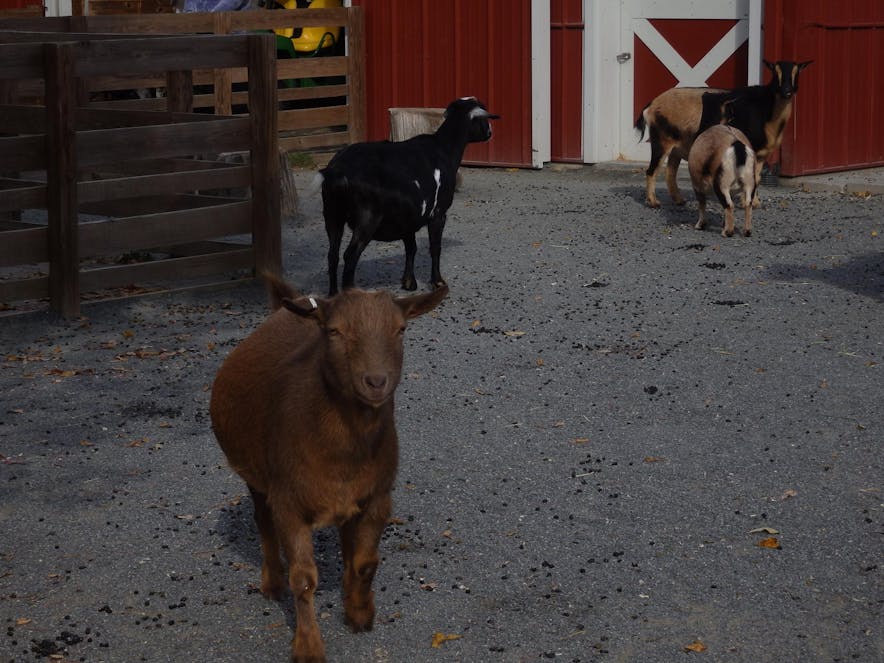
Ky Johnson, visiting the zoo with her sister, was surprised at how many at-risk animals the zoo cared for. She was also saddened by the amount of animals in the world that are “on the brink of extinction.”
“There’s a lot more endangered animals than I realized,” Johnson said.
The zoo’s efforts to conserve and protect the environment and its endangered inhabitants extend beyond the 40 acres in Roger Williams Park.
“Zoos can really become a multifaceted approach to conservation, both global and local,” Pertrarca said. Part of that approach involves education and outreach: The zoo has educational programs for audiences from young toddlers to college students and a “zoo camp” where kids learn about conservation work and science.
The zoo supports global conservation initiatives while also working to increase their own sustainability. They also use social media outreach to spread awareness about their work. With Pesto and Moo Deng going viral, social media has proved a particularly effective outreach tool for zoos.
And at the Roger Williams Park Zoo, there is no shortage of nominations for the next animal to take the internet by storm.
Salvador the tamandua — a type of anteater — was Garissa Johnson’s nomination. “He likes to sleep, I think he’s so cute,” Johnson, who is Ky Johnson’s sister, said. Lily Jones, who was at the zoo celebrating her ninth birthday, said her pick was the zoo’s three-legged serval named Sav. “I liked seeing the giant kitty-cat in there,” she said while pointing to the serval’s enclosure.
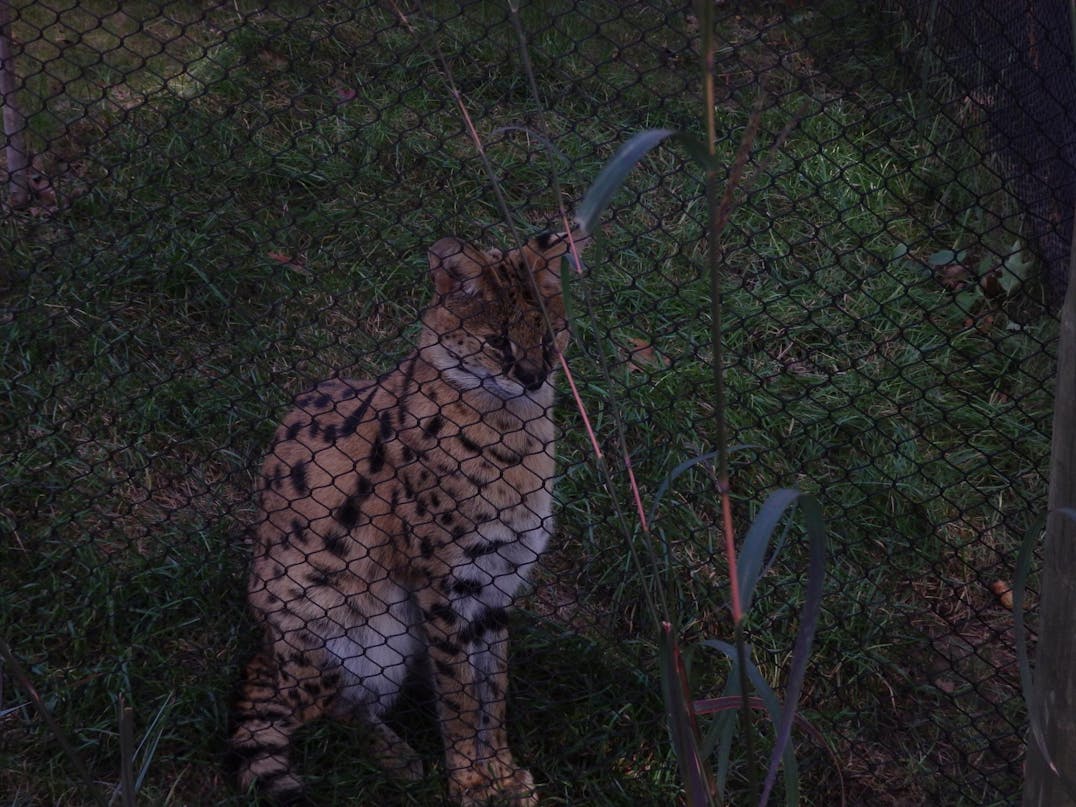
Nathan McCluskey, an elementary schooler from Memphis, Missouri, also said the servals — Sav and Velma — were his favorite animals. His sister, Elise preferred the giraffes. Six-year-old Abel Small chimed in to say the giraffes were his second favorite because “they have tall necks and you can use them as a slide.”
The McCluskeys and Small visited the zoo while on a 10-day trip, during which they aimed to visit 10 states as a part of their larger mission to visit all 50 U.S. states, according to Kim McCluskey, Nathan and Elise’s mother. Their Rhode Island visit brought Nathan and Elise McCluskey to their 48th state.
Vicki Scharfberg, the zoo’s director of marketing and public relations, said their tree kangaroo and sloth have both gone viral in the past. Pertrarca said her viral animal pick was “a bit more bananas”: the zoo’s largest male goat, Don Juan. “He is a big love bug, and he’s an older goat now,” she said. “If any animal should go viral, it should be him.”
Petrarca also highlighted how having cute animals go viral contributes to conservation efforts. “Baby animals are really great at invoking that empathy out of people” so they start caring about wildlife, she said.
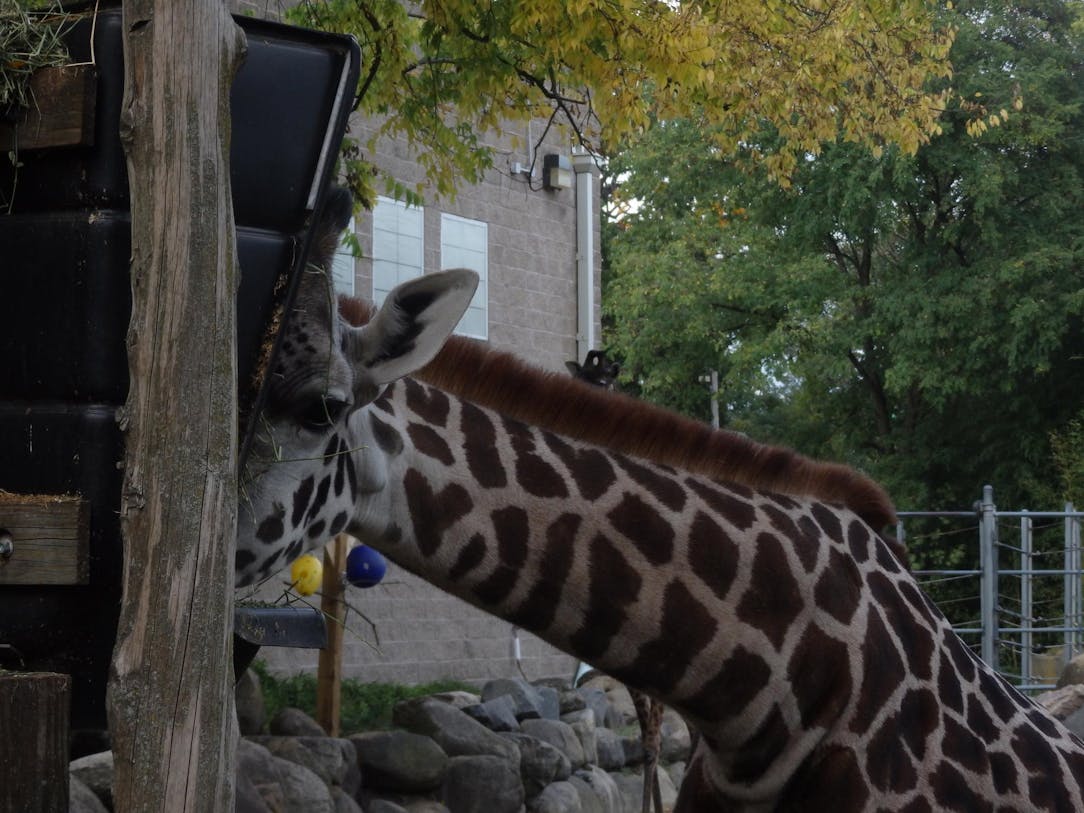
“As much as (visitors) might learn a little bit while they’re here, or perhaps in one of our programs, they can also take next steps,” Petrarca said. On the zoo’s website, they offer detailed steps of how visitors can take action to protect the planet.
“It’s going to be a group effort if we are going to be able to save our wildlife and wild places,” Petrarca added.

Ciara Meyer is a section editor from Saratoga Springs, New York. She plans on concentrating in Statistics and English Nonfiction. In her free time, she loves scrapbooking and building lego flowers.

